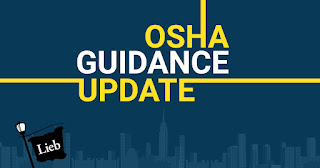The NYS DOL published new regulations, retroactively effective to January 1, 2022, as an emergency rule to implement the New York Health and Essential Rights Act (NY HERO Act).
The regulations requires private sector employers to create an
Exposure Prevention Plan to eliminate or minimize employee exposure to airborne
infectious disease agents, which includes the COVID-19 virus and its variants.
The measure sets forth requirements that employers select and obtain exposure controls appropriate for the exposure risks. These controls must be included in the employer’s Exposure Prevention Plan. As to the plan, the NYS Department of Health has developed a new Model Airborne Infectious Disease Exposure Prevention Plan (Template) and various industry specific model plans (Templates) for prevention of airborne infectious disease.
Employers must enact compliant plans immediately.













